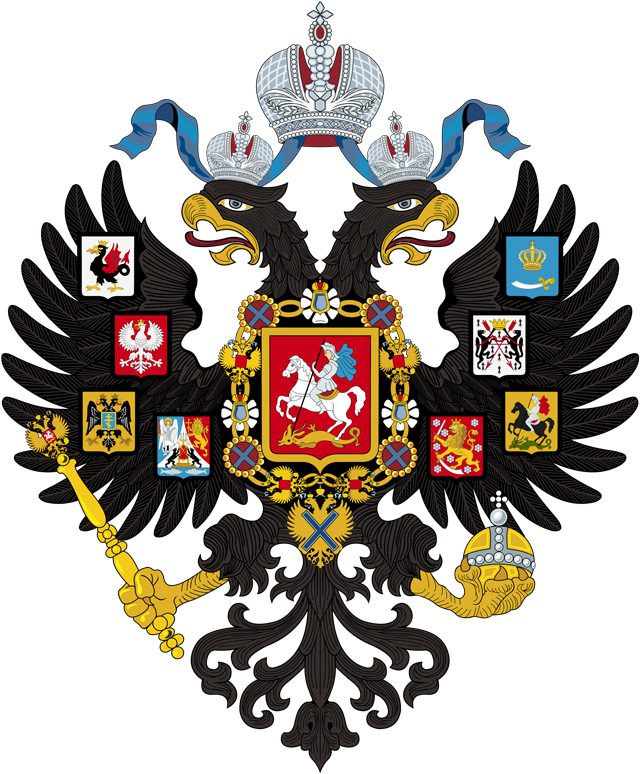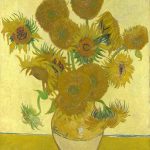
Heraldic art is rich with symbolism, and animals play a central role in this tradition. From majestic lions to mythical griffins, animals on coats of arms were carefully chosen to represent specific qualities, ideals, or allegiances. Emerging in the 12th century, heraldry developed as a visual language, particularly on shields and banners, where these symbols conveyed identity and status.
Each animal used in heraldry carries a unique meaning. Real-life creatures symbolize virtues like courage, loyalty, or wisdom, while mythical animals often represent more abstract or supernatural qualities. Their poses, known as “attitudes,” also influence interpretation, adding layers of complexity to heraldic design. Understanding these elements offers fascinating insight into the values and aspirations of medieval families and institutions.
Lions: The Quintessential Heraldic Animal
The lion is perhaps the most iconic animal in heraldry, symbolizing courage, strength, and nobility. Often depicted as rampant (rearing on one hind leg with claws extended), the lion commands attention and respect. This pose emphasizes a readiness to defend and attack, underscoring martial prowess.
The lion’s association with royalty further enhances its status in heraldry. English coats of arms frequently feature lions, such as the three passant guardant lions on England’s royal shield. These lions, shown walking with heads turned toward the viewer, symbolize a watchful and protective nature.
Eagles: Symbols of Power and Divine Authority
The eagle holds significant prominence in heraldic art, representing strength, vision, and divine authority. Its association with Roman emperors and later Holy Roman Emperors elevated its status as a symbol of sovereignty. The double-headed eagle, in particular, became a hallmark of imperial power, with each head signifying dominion over both secular and spiritual realms.
Eagles are often depicted displayed, with wings spread wide to suggest dominance and readiness for battle. Their lofty position as rulers of the skies aligns them with ideals of leadership and vigilance.
Mythical Beasts: Dragons, Griffins, and Unicorns
Mythical animals in heraldry reflect imagination and supernatural aspirations. Dragons, for example, are a common choice, representing power, protection, and ferocity. In some traditions, they also symbolize guardianship over treasures, both material and spiritual.
Griffins, combining the lion’s strength with the eagle’s vision, embody a blend of terrestrial and celestial power. Frequently depicted as vigilant protectors, they symbolize courage and watchfulness.
Unicorns, often associated with purity and chastity, take on a more mystical and idealistic meaning. In Scottish heraldry, the unicorn is a national symbol, appearing in royal arms as a representation of untamed virtue and independence.
Bears and Wolves: Ferocity and Loyalty
Bears appear in heraldry to represent bravery, strength, and protective instincts. Known for their fierce maternal nature, bears were often adopted to convey tenacity and familial loyalty. Some medieval families included bears in their arms to highlight their resilience in the face of adversity.
Wolves, on the other hand, symbolize resourcefulness, loyalty, and a protective nature. As pack animals, they also convey ideas of teamwork and leadership. Wolves were particularly favored in regions with strong ties to hunting traditions, such as Scandinavia and Eastern Europe.
Heraldic Felines Beyond the Lion
In addition to lions, other feline creatures like leopards and panthers appear in heraldry. Leopards, often conflated with lions in early heraldic art, symbolize cunning and bravery. They are commonly depicted passant guardant, suggesting both motion and watchfulness.
Panthers, more exotic and less common, represent power and allure. Some medieval heralds assigned the panther a mythical association, portraying it as a gentle creature whose breath attracted other animals, symbolizing charisma and leadership.
Birds: Doves, Ravens, and Peacocks
Birds in heraldry are often used to signify higher ideals. Doves symbolize peace and purity, frequently appearing in ecclesiastical arms. Their association with the Holy Spirit made them a popular choice in Christian iconography.
Ravens, linked to wisdom and prophecy, often appear in Scandinavian and Celtic heraldry. They evoke both the mystique of Norse mythology and the practical intelligence associated with the bird.
Peacocks, with their dazzling plumage, symbolize pride, beauty, and resurrection. Their presence in heraldic art often underscores an appreciation for splendor and refinement.
Fish and Marine Life: Symbols of Prosperity
Marine animals, though less common, carry significant meaning in heraldry. Dolphins represent swiftness, intelligence, and kinship with the sea. Often regarded as saviors of sailors, they symbolize protection and guidance.
Fish like salmon or sturgeon are heraldic symbols of prosperity and steadfastness. Families from coastal regions or those involved in trade often included marine life to reflect their connection to the water and its resources.
Heraldic Attitudes: The Poses of Animals
The poses of animals in heraldry, known as attitudes, play a vital role in interpretation. A lion rampant suggests aggression and readiness for battle, while a lion couchant (lying down) conveys peace and vigilance. Similarly, an eagle displayed projects dominance, while an eagle rising signifies ambition.
Attitudes allow heraldic art to communicate specific messages. For example, a wolf statant (standing on all fours) emphasizes stability, while a wolf salient (leaping) suggests agility and action. These details make heraldry a highly expressive art form.
The Role of Heraldic Animals in Modern Heraldry
Though rooted in medieval traditions, heraldic animals continue to hold significance today. Many nations, cities, and institutions incorporate these symbols into their crests and logos, preserving their historical and cultural relevance.
For example, Canada’s coat of arms features a lion and a unicorn, blending British and Scottish heraldic traditions. Universities and military units also use heraldic animals to symbolize ideals such as courage, loyalty, and knowledge. This continuity reflects the enduring power of heraldic art to convey identity and values.
Conclusion
Animals in heraldic art are more than decorative elements—they are powerful symbols that convey identity, values, and aspirations. From lions and eagles to mythical beasts like griffins, these creatures speak to timeless ideals of strength, loyalty, and wisdom. Whether adorning medieval shields or modern logos, their symbolic legacy endures, offering a fascinating glimpse into the art and culture of heraldry.
Key Takeaways
- Lions and eagles are prominent symbols of strength and authority in heraldry.
- Mythical animals like dragons and griffins represent supernatural qualities.
- Attitudes, or poses, of animals add specific meaning to heraldic designs.
- Modern heraldry incorporates traditional animal symbols in contemporary contexts.
- Birds, fish, and marine creatures often symbolize peace, prosperity, and connection to nature.
FAQs
- What do lions symbolize in heraldry?
Lions represent courage, strength, and nobility, often associated with royalty. - Why are mythical animals used in heraldry?
Mythical animals symbolize supernatural qualities and abstract ideals like purity or vigilance. - What is an attitude in heraldry?
An attitude refers to the pose of an animal in heraldry, influencing its symbolic meaning. - Are heraldic animals still used today?
Yes, heraldic animals appear in national symbols, military insignias, and institutional logos. - Why are birds significant in heraldry?
Birds symbolize higher ideals like peace, wisdom, or beauty, depending on the species.




